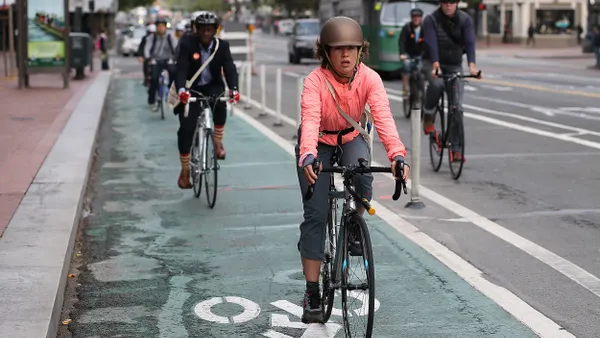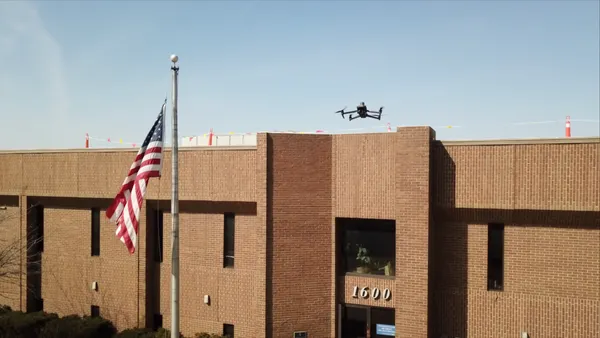This year's CES show offered a glimpse into the future of smart cities and the technologies to come. But just as flying taxis and luxury electric vehicles are poised to continue making their mark in 2020, many cities are grappling with the basic infrastructure, regulations and policy needed to support these advances.
We asked six experts what the most disruptive technologies or trends will be in 2020 and beyond, and how cities can prepare for the associated risks. Do you have an idea about how cities can get ahead of these technologies? Drop us a line and let us know.
♦♦♦
"I would say the data piece is still really scary for me, in terms of how data is being collected and aggregated. That's one of the biggest things that I'm concerned about. I think it's clear that a lot of bias can take place — the person that asks the questions that determines the data that is collected, that's the person that I need to be the more well-rounded individual. Who's creating the solutions? … With great power comes great responsibility, and I think that level of accountability hasn't really hit everybody yet."
—Danielle Harris, director of mobility innovation, Elemental Excelerator
♦♦♦
"Machine learning and AI are going to be some of the most disruptive technologies. There will be a continued trend towards connectivity among devices both across the mobility sector and across cities at large. What that brings into play is the risk of cybersecurity… The threat to cities is a human capital threat and because cities now are finding themselves faced with the same challenges that major industry is and the United State federal government can't keep up with the hiring practices of banks and major companies... When it comes to cybersecurity and the utilization of AI and machine learning and data analytics in general, they are in a battle for talent that is a very asymmetric battle."
— Jeffrey Davis, head of Smart Transportation Innovation and Development, BlackBerry
♦♦♦
"Do we really need to have flying taxis? ... It would be great if we could do that to help the people in Puerto Rico who are still suffering from the effects of the hurricane and now have had two earthquakes in the past two days … but to have more rich people getting from place to place because they don't want to be bothered by a car anymore, that bothers me."
— Karen Lightman, executive director, Metro21: Smart Cities Institute at Carnegie Mellon University
♦♦♦
"One thing that is really important to cities right now, and not only benefits all the technology that's coming down the line, but people in older technology cars as well, is really making sure that line striping and pavement and all of that is up to date... A lot of the driver assist and some safety systems really rely on camera vision and so they're looking for contrast in lane lines... and as pavement starts to wear and fade then it becomes closer to those white stripes... when it's new that contrast is sharper so it's easier for people without the technology to see those lines and it's definitely easier then for the cars to perform better within their design parameters."
— Kelly Funkhouser, head of connected and automated vehicles, Consumer Reports
♦♦♦
"Lack of adoption [of flying taxis] would be a risk... under the assumption that the vehicles will not be released and in operation until they are safe; that the infrastructure has to preexist before you get scaled adoption and then the air traffic management systems... The other thing that has to be dealt with aside from the vehicle is the allocation and management of the airspace and then the safe operations of the vehicle where they're in flight."
— Robin Lineberger, aerospace and defense industry leader, Deloitte
♦♦♦
"To date there hasn't been a lot of focus around what those policies and regulations might be to govern autonomous vehicles, and then you certainly have some of the moral issues associated with ultimately the decisions the vehicle has to make when put into a situation that could be detrimental to the passenger or the pedestrians in the city... Many questions still need to be addressed and there needs to be clear partnership between government; between cities; between the policy makers; the auto companies and the high tech companies providing those solutions."
— Joe Vitale, global automotive sector leader, Deloitte
♦♦♦











